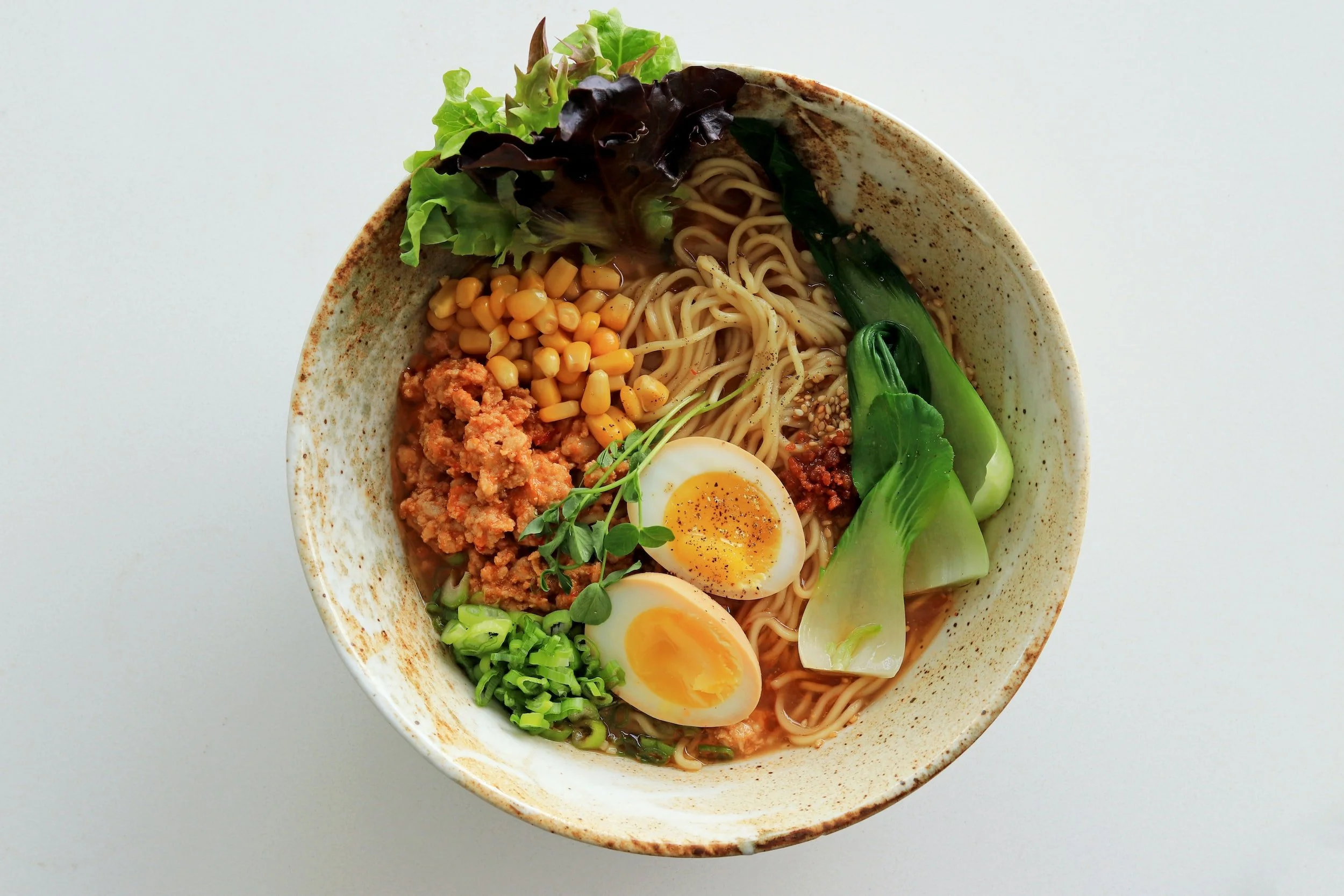My Top Food Additives to Avoid
I recently shared with you what you need to know about food additives, so I highly recommend reading that first here. In today’s article I intend to share with you my top food additives to avoid and why! I personally avoid most additives because I want to eat as pure ingredients/real food as possible, but these are definitely big no no’s!
It has been estimated that Australians consume around 4-5 kgs of additives every single year. Yuck! I hear many people say “but that’s why we have livers to detoxify” but honesty just how much is being loaded on to people’s poor livers! I just don’t think people realise how much these chemicals quickly add up and how much stress they are putting on their liver and systems.
Here’s just some food additives that I recommend you stay clear of:
Annatto (160b)
Annatto is a natural food colour which is sourced from a tropical tree called Bixa Orellana. It is used to create red & yellow colouring in foods, cosmetics and some medicines. It is in a bunch of food products as it is very affordable and accessible. Although this is naturally derived it has been reported to affect children’s behaviour, cause skin irritations, nausea, asthma and digestive issues. NO thanks!
Beta Carotene /160a is a safer alternative which can be derived from carrots and pumpkins.
Sulphites (220 – 228)
These are sulphur derivatives which are often used as food preservatives. These can cause asthma attacks, allergic reactions, hyperactivity, reproductive issues and cause digestive stress, among numerous other claims.
Sulphur dioxide is derived from the burning of fossil fuels: coal and oil and the smelting of aluminium, copper, zinc, lead, and iron that contain sulphur.
They can be found in meats, drinks, medications and other foods.
Dried fruit often uses sulphur dioxide (220) and can cause serious reactions particularly with those who suffer from asthma!
There can also be high levels (100 ppm+) in wine. Bugger! But again, just something to be aware of.
Interestingly, it has been banned in meats in the US since 1959! It can be found in Australian processed meats like sausages. Yep, let’s avoid these additives.
Please note that sulphur derivatives are very different from sulphur. People naturally consume sulphur from proteins and vegetables and this is essential to our health.
Sulphur derivatives which are toxic instead can cause numerous health concerns as well as destroy folic acid and deplete Thiamine (vitamin B1).
Sodium/Potassium Nitrates & Nitrites (249-252)
These often get very confused with one another, but they are slightly different.
Nitrites have 2 oxygen atoms, nitrates have 3. They can however turn into the other through gaining or losing an oxygen atom.
These are found in processed meats such as salami, bacon and hot dogs. They are used as preservatives and also to fix colour loss. For example, turning old grey meat to a lively pink colour again.
Again, nitrates are naturally found in fruit and vegetables which of course is fine. However, these are instead synthetic additives.
The World Health Organisation stated in 2010 that these are likely carcinogenic once in the blood stream. They are also linked to causing issues with the liver and pancreas. They can also cause problems with the transportation of oxygen which can result in symptoms like lack of breath, nausea and headaches.
Fortunately, alternatives like nitrate free bacon and hotdogs are becoming more accessible and popular.
Monosodium Glutamate / MSG (621-625)
Used as a flavour enhancer, I’m sure you have all heard that this is cheap and NOT good. It has been linked with headaches, numbness, heart palpitations, chest pain and nausea.
The savoury umami flavour is derived from the amino acid glutamic acid through an artificial preparation of this acid. It is made through fermenting corn, sugar beets (likely genetically modified) and sugar cane. This process produces crystals that appear to look like sugar or salt and can easily be hidden into foods.
This is often used in ‘salt reduced’ products as manufactures remove sodium but instead pack flavour back in with MSG.
It is popular in Asian foods, but it will also be found in things like cookies, dressings, processed meat, frozen meals, baby foods, chips and 2 minute noodles. Dam. Time to make your own (easy peasy and just as cheap!)
It can be disguised under numerous names:
yeast, glutamic acid, flavours, natural flavours, hydrolysed protein, textured protein, calcium caseinate/glutamate, sodium caseinate, monopotassium, monosodium glutamate.
Artificial Food Colours
You would be amazed at some of the things these are in, I’m talking green peas, chips, spinach wraps even children’s medicine… They are made from industrial chemicals like petroleum and propylene glycol, they are often tested on animals.
There is a reason why they say red cordial makes kids crazy.. this stuff is bad news. It is linked to hyperactivity, hives, asthma and some may be carcinogenic.
Flavours
Anything artificial is a big no no. Basically chemical cocktails that are ‘trade secrets’, so are not legally required to be listed. Think perfume. Who knows what’s in it!!
Food tech’s have caught on to this, so now ‘natural flavours’ are very common. Unfortunately, this still gives a pass to use whatever they like as long as it is naturally derived? However, these are produced by a genetically modified microbe. It is very hard to believe that some of the natural flavours that are achieved are really natural… I mean “pink cheesecake cake batter”… hmm does that sound natural?? One that really bugs me is “natural vanilla flavour”.. cheapo’s.. just add real vanilla extract or bean!
Sweeteners
Again of course avoid artificial, I have an article here that goes into depth. As well as an article here that explores ‘natural’ sweeteners. These are definitely something to be wary of and although it sounds appealing a ‘zero calorie sweetener’, this is not as appealing as you’d think.
Recommendation
If you are interested in learning more about more food additives and their affects on the body, there is a fantastic app and book by Bill Statham called Chemical Maze. It provides an informative & understandable run down of food additives as well as chemicals found in personal care products.
Read Food Labels
To avoid these additives, you NEED to start reading food labels and by that I mean you need to turn over the pack and actually read the small little list that says what is in the product. The label on the front is very often manipulative and green washing. My guide to reading food labels can be found here.
Want more?
My Low Tox Food Program is my signature program and honestly my true passion. It will help you get back in touch with REAL food. I go through every food product imaginable, giving you the confidence that what you are adding to your shopping trolley is free of nasties, additives and is actually going to nourish your body. Find out more here.
After some more nourishment?
Check out these articles!
· Why Meat IS Good For You!
· Get Glowing Skin through the power of FOOD
· How to Read Food Labels






